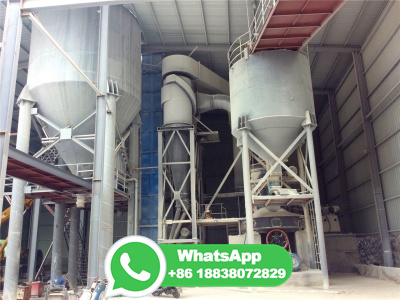(PDF) An Overview of Coal Gasification ResearchGate
Gasification of coal in a bath of molten sodium carbonate through which steam is passed is the basis of the Kellogg Coal Gasification process. The bath of moiten salt strongly catalyzes the basic ...



























